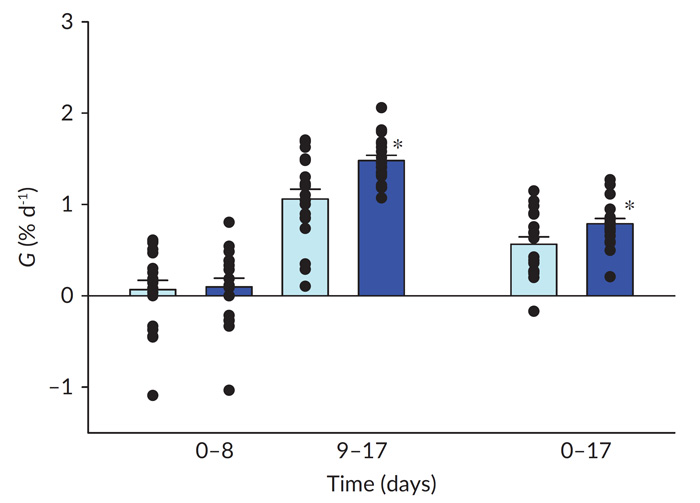| Tweet | Follow @co2science |
Paper Reviewed
McCormick, S.D. and Regish, A.M. 2018. Effects of ocean acidification on salinity tolerance and seawater growth of Atlantic salmon Salmo salar smolts. Journal of Fish Biology 93: 560-566.
According to the authors of this study (McCormick and Regish, 2018), little is known about the potential impacts of ocean acidification on anadromous fish species.
Anadromous fishes, such as salmonids, have complex life cycles involving migration between freshwater and marine environments. Because of their rapid movement between these diverse environments, some have speculated that these species may be especially at risk to ocean acidification, which could negatively impact their ability to acclimate to the changing environmental conditions.
In a test of the above hypothesis, McCormick and Regish examined "the effect of future ocean acidification on the salinity tolerance and early seawater growth of Atlantic salmon Salmo salar smolts." Their experiment was conducted in a laboratory under controlled conditions where plasma ion and osmolality levels were measured 24 hours following the transfer of fish from fresh water to 32 ppt seawater under normal (8.12) or reduced (7.72) pH treatment regimes. Mean specific growth rates of the smolts were then measured over the next 17 days following the transfer into the 32 ppt seawater.
Results of the analysis, in the words of the authors, revealed that "ocean acidification will not negatively affect the survival and ion regulatory ability [and, hence, salinity tolerance] of S. salar smolts," Furthermore, McCormick and Regish add that "rather than have a detrimental effect, ocean acidification conditions may actually improve the growth of S. salar in the first 2 weeks after seawater exposure." With respect to this latter parameter, Figure 1 graphically portrays the mean specific growth rates of the fish inhabiting the two seawater pH regimes, revealing 40 percent higher specific growth rates of Atlantic salmon in the ocean acidification treatment compared to ambient seawater pH. And in light of these findings, it would appear that future ocean acidification is in the least a non-problem for Atlantic salmon, if not an outright benefit.

Figure 1. Mean (± S.E.) specific growth rates (G) of control (light blue bars, pCO2 = 390 µatm; pH = 8.12) and elevated CO2 (dark blue bars, pCO2 = 1010 µatm; pH = 7.72) Atlantic salmon smolts. The specific growth rates of individual fish (18-20 per group) are shown as black circle; * = significant effect of CO2 treatment on specific growth rate (p < 0.05). Source: McCormick and Regish (2018).




